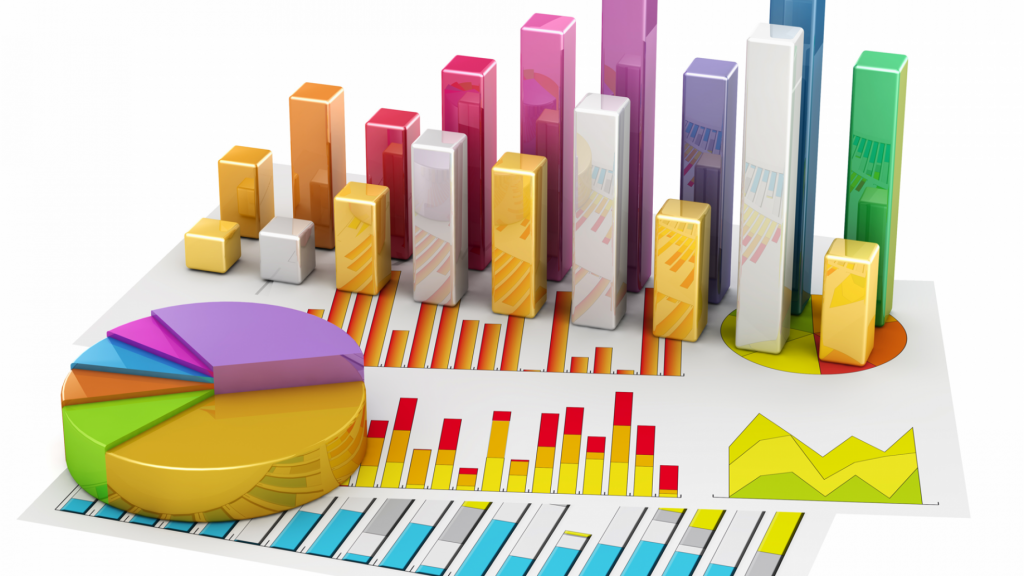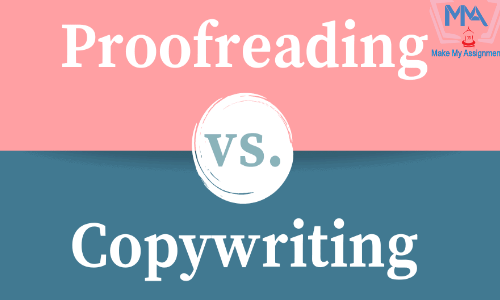
Difference between Inferential and Descriptive Statistics
Are you familiar with the different types of statistics? If not, then this place is best for you. At times, we don’t actually delve into the process or understanding of the subject until and unless it is important. And if you are here to know some of the crucial points regarding the types of statistics, then this blog will guide you in the right direction. Our assignment writing experts have compiled a perfect copy of what you need in detail.
Defining Statistics
Statistics is the core of every data analyzing process. With the help of statistics, economists get to know more about some recent trends and patterns in the industry. Based on this, they further decide their future plans. Statistics is an interesting field to work in, where applied mathematics is used to deal with data interpretation, collection, organization and presentation. By presentation, we mean showing various types of data through graphs, diagrams and pie charts.
Types of Statistics
Statistics mainly consists of two broad categories that are inferential statistics and descriptive statistics.
Inferential statistics: Under this type, you are given the opportunity to test an assessment or hypothesis of whether your data fits well for the broader audience. If you want accuracy in your data, then you must first identify the population that needs to be measured and then create a sample out of it for analysis.
Descriptive statistics: This one summarizes the main characteristics of a particular piece of data. Its main purpose is to describe the features or characteristics of a particular data set. This type of statistics can be used for both individual observation and the overall process of obtaining data. For example, you can use pie charts for describing data.
The most interesting part here is that the measurement of both the statistics is quite similar, and the differences can be noted in its goals and methods.
Descriptive statistics can be used to graph and summarize data for a particular group. With the help of this method, you will get to understand a particular set of observations. It describes a chosen sample that is straightforward. Descriptive statistics means that there is no uncertainty because here, you are describing a group of people or a list of subjects that you want to measure. Here you are not trying to measure the characteristics of a large number of people. This will also help you collect more data and information.
Tools used in descriptive statistics
Central tendency: Here, you use mean and median as the centre of your data set. This will further inform you where the most value falls.
Dispersion: This helps you use a range of standard deviations for measurement. A low dispersion would mean that particular values are clustered tightly around the centre. On the other hand, a higher dispersion informs that your data will fall far away from the centre. This way, you are able to understand the frequency distribution through the graph.
Skewness: This informs us whether the distribution of the value is symmetric or not.
Tools used by inferential statistics
Inferential statistics collects data and then makes conclusions on a large number of people based on the data collected. Its main purpose is to provide a valid conclusion from the sample and use it to count the population. While performing this, remember that the sample reflects the population. All you need to do is define the particular population, draw a sample out of it and then analyze it properly.
Difference between inferential and descriptive statistics
Under descriptive statistics, you are told to choose a group and then measure all the subjects in that group. This will provide you the full details of the group. Inferential statistics, on the other hand, defines the population that will help represent the sample.
Descriptive statistics is much more easier and simpler to perform. However, at the same time, inferential statistics is quite a complex method.
Under descriptive statistics, you describe a particular situation, whereas, under inferential one, you explain the possibility of occurrence of the incident.
Hope that this blog was useful for your understanding of the statistics. Apart from this, if you ever need help regarding your academic papers or assignments, feel free to contact our online assignment writing services for professional help and guidance.



